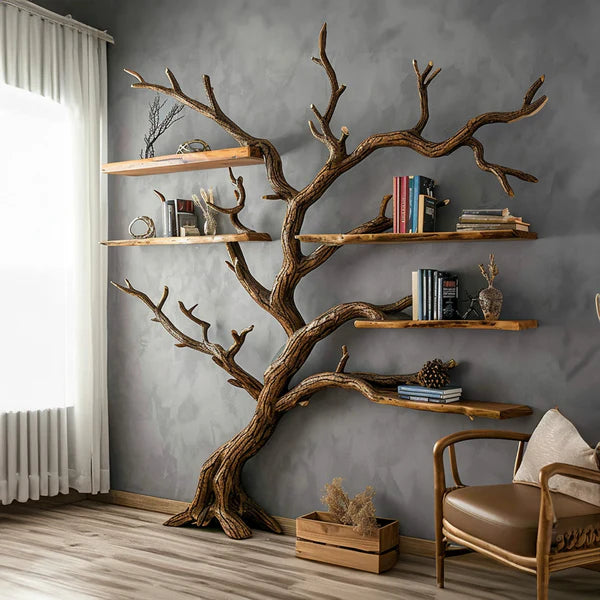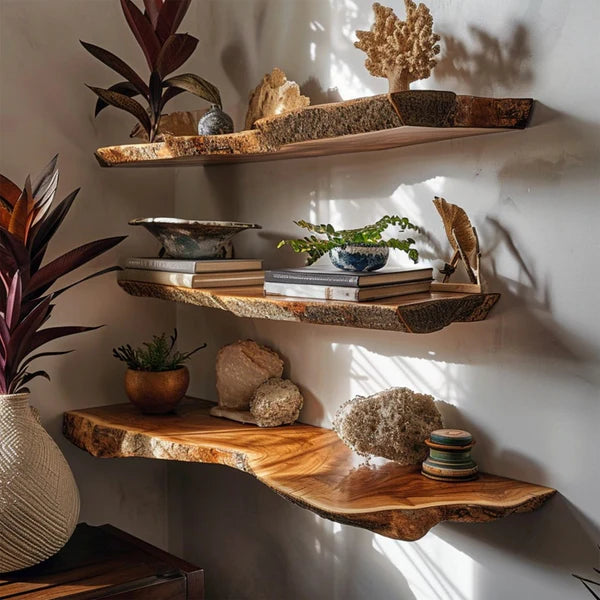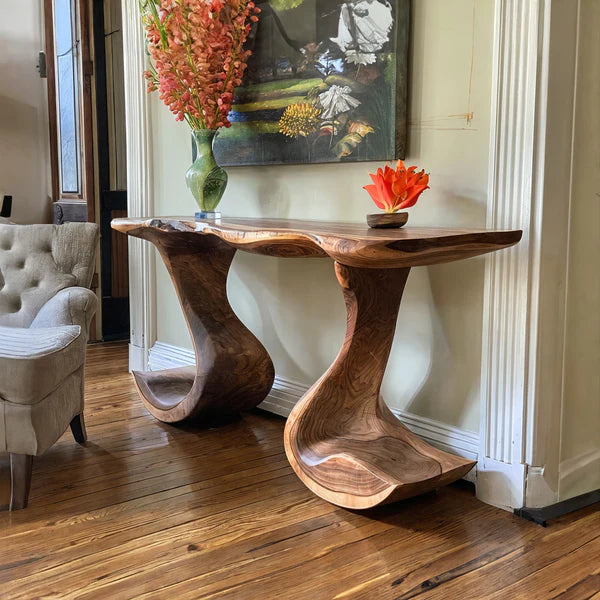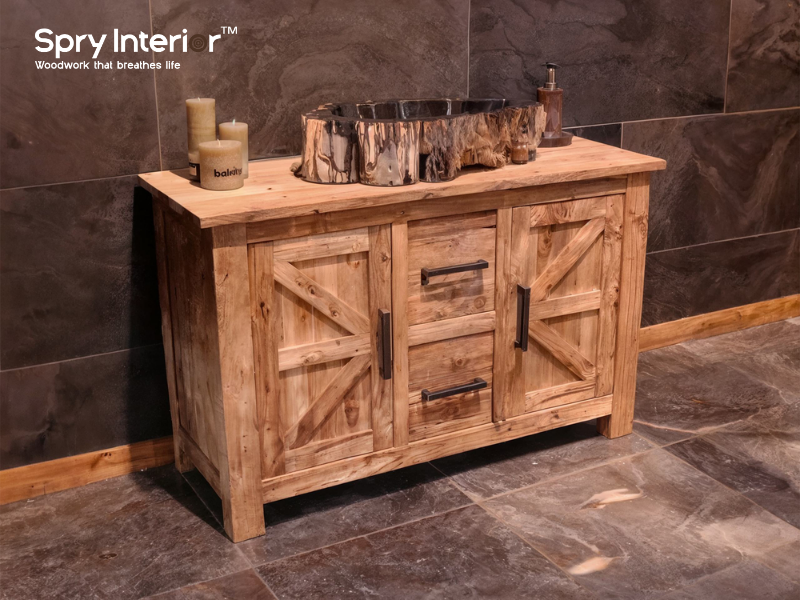When considering home décor and interior organization, many homeowners are charmed by the sleek, minimalistic appearance of floating shelves. However, it's equally important to ask, what are the disadvantages of floating shelves? While these shelves offer modern aesthetics and practicality, they come with some potential drawbacks. By understanding the limitations clearly, homeowners can make informed decisions that align better with their storage needs and décor preferences. This post explores several disadvantages of floating shelves, highlighting critical considerations like installation challenges, weight limitations, maintenance difficulties, and why choosing the right provider such as SpryInterior can help overcome these challenges.
Installation Challenges of Floating Shelves
Floating shelves appear effortless and seamless, but their installation can be deceptively tricky. Proper installation is vital to ensure the shelves are safe, secure, and aesthetically pleasing. Many homeowners overlook these challenges, often realizing too late that DIY installation isn't as straightforward as anticipated.
Build Floating Corner Shelf | Live Edge Floating Shelves Easy Making | 2025 Shelves You Should Have
Wall Preparation Difficulties
One of the primary challenges when installing floating shelves is the need for extensive wall preparation. Unlike traditional shelves, floating shelves require hidden brackets and precise alignment to achieve their distinctive floating appearance. Walls must be structurally sound and precisely marked to guarantee proper bracket placement. Misalignment or inadequate wall preparation can lead to uneven shelves that diminish their visual appeal and practical functionality.

Limited Placement Options
Floating shelves require precise anchoring to studs or reinforced wall structures to remain stable and secure. Consequently, placement options may become limited, especially in older homes or buildings with irregular wall spacing. This restriction can significantly impact interior design flexibility, forcing compromises in shelf placement and room aesthetics. In contrast, freestanding or bracket-supported shelving provides more freedom in positioning shelves according to personal preference.
Risk of Improper Installation
An often-overlooked disadvantage is the potential risk associated with incorrect installation. Floating shelves installed improperly may detach from the wall, posing safety hazards to household members, especially children or pets. Additionally, poor installation can cause wall damage, leading to costly repairs and negatively impacting the home's overall appearance and value.
Weight and Capacity Limitations of Floating Shelves
Floating shelves are praised for their minimalistic, streamlined look, yet this aesthetic appeal comes with inherent limitations in terms of weight capacity. Understanding these weight constraints is crucial for managing expectations and choosing the right shelving solution.
Limited Load-Bearing Capacity
Floating shelves rely on hidden brackets or supports installed directly into walls. This structural design inherently limits their load-bearing capacity compared to traditional shelves supported by visible brackets. While ideal for decorative items, photographs, and lightweight décor, floating shelves may not withstand the weight of heavier objects, such as books, heavy ceramics, or large kitchen appliances. This restriction makes floating shelves less versatile than other shelving alternatives.

Sagging and Warping Over Time
Another significant disadvantage is the potential for floating shelves to sag or warp under prolonged weight or improper support. Even shelves that initially appear strong may weaken with consistent use. Overloading shelves can accelerate the warping process, detracting from the clean, streamlined aesthetic they initially provided. To avoid sagging, it's essential to consider the material strength, bracket spacing, and intended use when selecting floating shelves.
Impact on Material Choices
Due to weight limitations, certain materials like heavy hardwood or thicker live-edge wood can pose challenges for floating shelves. For instance, live edge floating shelves have surged in popularity due to their organic, rustic appeal, but their substantial weight can complicate installation. Understanding what is live edge shelving? natural wood slabs retaining their original bark or unique edges clarifies why weight considerations are essential when choosing floating shelves. As appealing as these shelves are aesthetically, they require robust, professionally installed support systems to maintain structural integrity.
Maintenance and Practicality Issues with Floating Shelves
Beyond installation and weight limitations, floating shelves also introduce practical and maintenance challenges. Homeowners need to consider these realities to maintain shelf functionality and visual appeal over time.
Dust Accumulation and Cleaning Challenges
The open, exposed design of floating shelves naturally invites dust accumulation, increasing maintenance efforts. Frequent cleaning becomes necessary, particularly in kitchens, bathrooms, or living areas prone to higher dust levels. Regular dusting and careful cleaning of delicate items displayed on shelves can become tedious and time-consuming, reducing convenience and practicality for busy homeowners.

Difficulty with Adjustments and Flexibility
Unlike traditional adjustable shelving units, floating shelves are typically fixed into place. Once installed, changing shelf positions or heights requires significant effort, potentially involving reinstallation, wall repair, and repainting. This inflexibility makes floating shelves less adaptable to changing storage needs or evolving décor preferences. Therefore, homeowners who frequently adjust their living spaces might find floating shelves limiting.

Reduced Usability in Certain Spaces
Floating shelves are not universally suitable for every room or storage purpose. In damp or humid environments like bathrooms or kitchens, floating shelvesparticularly those made from certain woods or engineered materials can degrade faster due to moisture exposure. Additionally, the inability to add barriers or guards easily can make floating shelves less practical for securely storing delicate or breakable items.
Why Choosing SpryInterior is the Best Option
Despite the disadvantages, floating shelves remain popular due to their visual appeal and space-saving qualities. Selecting the right provider, such as SpryInterior, can mitigate many of these common disadvantages. SpryInterior is dedicated to high-quality craftsmanship, attention to detail, and exceptional customer service, transforming floating shelves into reliable, practical, and beautiful additions to your home.
Expert Installation and Professional Guidance
One of the significant advantages of choosing SpryInterior is the access to expert installation services and professional guidance. SpryInterior understands the complexities of floating shelves and ensures proper wall preparation, precise alignment, and secure installation. Their team provides thorough consultations to advise on optimal shelf placement, ensuring safety and maximizing aesthetic appeal. Professional installation dramatically reduces the risks of wall damage, improper alignment, or future issues such as sagging or instability.

Custom Solutions and Superior Materials
SpryInterior also specializes in custom-designed floating shelves, tailored specifically to your home's requirements. Whether you're considering traditional materials or opting for trendy solutions like live edge floating shelves, SpryInterior provides top-quality materials and expert craftsmanship. The company can explain clearly what is live edge shelving? and how it can best suit your interior style, while also advising on the weight limits and practicalities specific to your installation. With personalized solutions, the drawbacks commonly associated with floating shelves can be significantly reduced or even eliminated.
Understanding and Implementing Best Practices
SpryInterior adheres strictly to industry best practices and installation standards. They clearly communicate important guidelines, such as what is the rule for floating shelves? typically, shelves should have sturdy support brackets every 16 inches to prevent sagging and enhance safety. By following such best practices meticulously, SpryInterior guarantees that your shelves remain both beautiful and functional, addressing common concerns about stability and practicality head-on.
Conclusion
Floating shelves offer undeniable visual charm and functionality, but understanding their disadvantages helps homeowners make informed decisions. Issues like complex installation processes, weight limitations, maintenance difficulties, and practicality concerns are real challenges associated with floating shelves. However, choosing a reliable provider like SpryInterior's Floating shelf effectively addresses these disadvantages. With their expertise, commitment to quality, and customized solutions, SpryInterior transforms floating shelves into practical, secure, and stylish features in any home.








Leave a comment
This site is protected by hCaptcha and the hCaptcha Privacy Policy and Terms of Service apply.